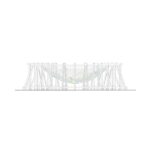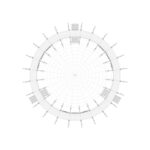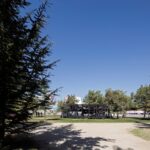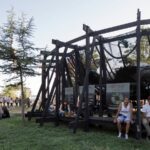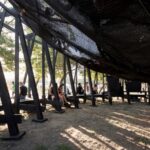Raising Awareness: Inverted Dome Pavilion at Ranco Lake
In 2018, architect Guillermo Hevia García spearheaded the creation of a thought-provoking installation at Ranco Lake, Chile. Designed for a music festival held in a public park, the project aimed to shed light on the issue of ocean pollution caused by disposable plastics.
Unveiling the Reality of Pollution
The pavilion, known as the Inverted Dome, served as a striking representation of the plastic waste that pollutes our oceans. Rather than concealing the garbage, the installation presented it in its raw, discarded state, mirroring the appearance of floating debris found at sea.

A Transparent Statement
Constructed from fishing nets and tensors, the transparent inverted dome suspended a ton of plastic and waste material above spectators and visitors. This unconventional structure was designed to make a bold statement, drawing attention to the urgent need for environmental action.
Unique Architectural Design
The Inverted Dome’s distinctive shape created a notable space underneath, inviting contemplation and reflection. Inspired by wooden piers found along coastlines worldwide, the pavilion’s wooden structure was configured using a repeated single section, symbolizing the interconnectedness of global coastal communities.
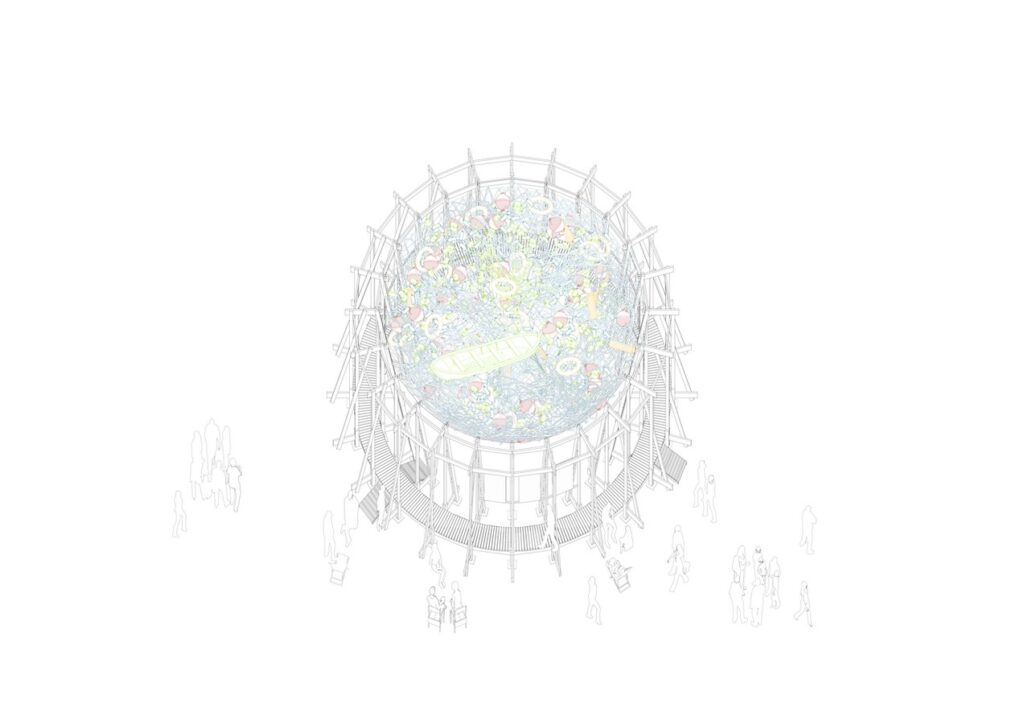
Sustainable Solution
Designed for ease of assembly and disassembly, the pavilion minimized waste generation and could be repurposed for future installations. Its circular plan and perimeter structure provided functional seating and walking areas, while the central gathering space beneath the dome encouraged community engagement and interaction.

Circular Form: A Perfect Fit for the Park
The circular design of the pavilion seamlessly integrated into the open space of the park, offering a cohesive and visually appealing structure from every angle. This form not only supported the inverted dome effectively but also facilitated its placement in various locations throughout the park, maximizing its impact as a symbol of environmental consciousness.


